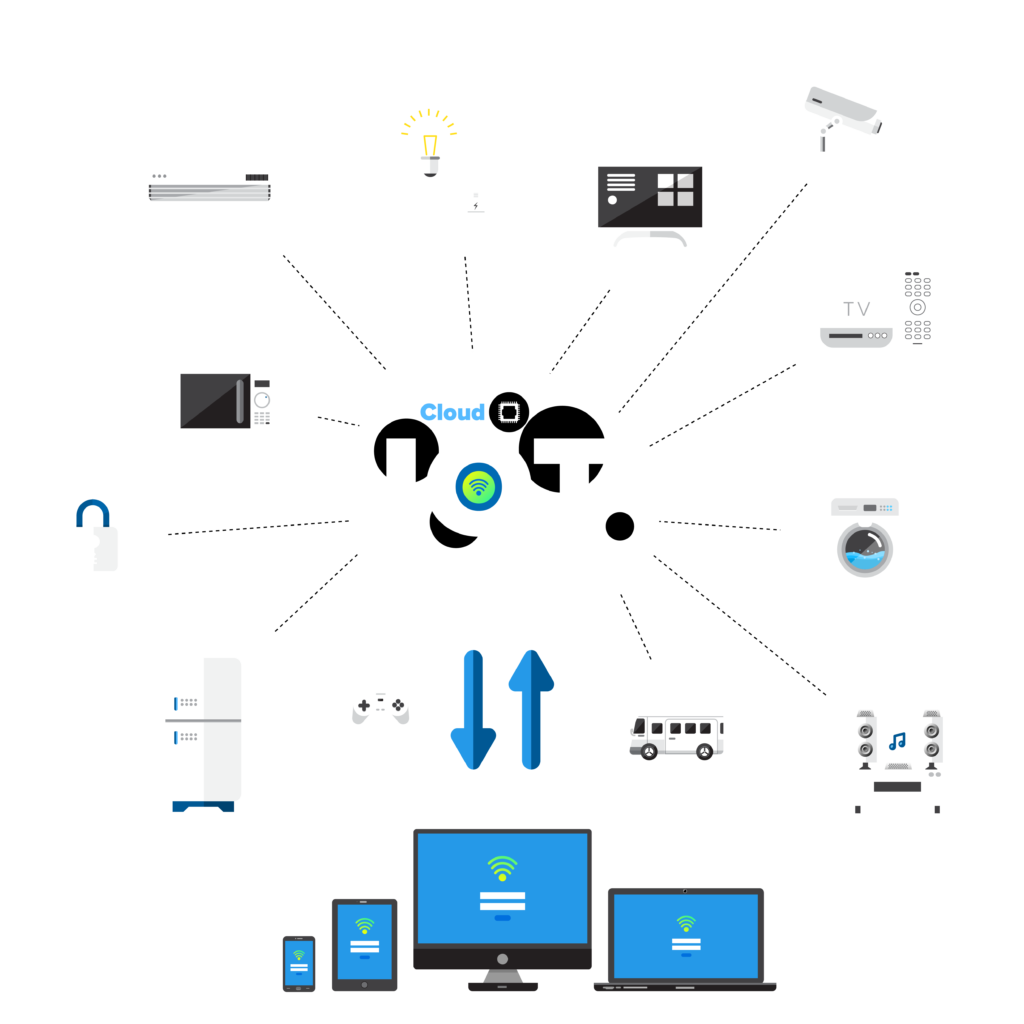The number of Internet of Things (IoT) applications in our daily lives is increasing at an unprecedented rate as businesses and consumers alike seek to benefit from the numerous advantages that connecting devices to the Internet can provide. This rapid expansion, however, is putting a strain on traditional data center infrastructure. By bringing processing power closer to the devices that generate or consume data, edge computing can help alleviate this burden.

Edge computing and the Internet of Things work together to provide a faster and more efficient way of collecting and processing data. Real-time data processing is handled by edge computing, which reduces network congestion and latency. This results in a more seamless end-user experience as well as increased efficiency. IoT devices can also serve as cloud gateways, enabling even more data collection and analysis. IoT and edge computing work together to provide a comprehensive data processing and management solution.
Some of the key reasons why IoT and edge computing complement each other and are part of a joint IT strategy are:
Superior Quality of Service (QoS)
Edge computing ensures Quality of Service (QoS). QoS is essential when it comes to the smooth functioning of the Internet, which is why it’s guaranteed for traditional web services. Edge computing improves QoS by ensuring certain levels of service for data that needs to be processed quickly (for example, video feeds or voice recognition). This makes sure that real-time applications receive the obligatory bandwidth and latency prerequisites, guaranteeing a preferable net experience for all parties involved.
Facilitating Smoother Data Transfers Between IoT Systems
When it comes to centralized systems, data transfer is a time-consuming process because all data must be sent from one location before it can be analyzed and used for analysis. Edge computing, on the other hand, allows data from various IoT systems to be transferred in real-time, allowing businesses to make data-driven decisions more quickly. This is especially useful for systems that send data back and forth frequently (for example, supply chains where IoT devices communicate with other IoT devices to ensure the quality of certain products).
Minimization of Latency
Reduced network congestion and latency are one of the main advantages of edge computing. There are no bottlenecks in communication between IoT devices because all data processing takes place on edge devices. This means that data collected by IoT devices can be processed in real-time, allowing for actions to be taken in response. Because there is no delay in data processing, IoT devices can be used for more than just collecting data; they can also automate processes and take actions.
Limitation of Operational Costs
Edge computing has the potential to reduce costs for businesses. This is because it can reduce operational costs by doing more with less equipment, resulting in lower hardware and software management costs. Edge devices require less bandwidth and processing power than centralized systems, so they are less expensive in the long run. Furthermore, data can be stored on edge servers and devices for as long as needed, allowing users to save data without having to pay recurring fees or rent cloud storage.
Prompt Data Processing
Edge computing allows data to be processed without having to send it all to the cloud first, allowing tasks to be completed faster than in centralized architectures. If IoT devices are used to collect data on road conditions and then send it to a central system, for example, the data will take some time to reach its destination. When it comes to direction-based instructions, this means there is a delay. However, if this data is analyzed at the edge device, instructions can be executed in real-time, resulting in faster response times.
Enhanced Data Security
When it comes to IoT and cloud computing, data privacy is always one of the most pressing concerns. Edge computing ensures that data is collected per the company’s privacy standards and industry compliance requirements, as well as those of its partners and customers. Edge computing systems can also be used to process encrypted data, ensuring that no unneeded data reaches a third party.
Reduced Energy Consumption
Because it can reduce the amount of energy consumed by a given object or system, edge computing results in a more efficient data processing architecture. Edge devices, for example, could be outfitted with solar panels to collect energy and generate power on their own. Because these smaller IoT devices aren’t reliant on power grids, they use less energy overall. As a result of this, edge computing becomes a more sustainable solution for IoT devices, which is good news for the environment and your energy bill.
Real-time Software Update Deployment
Software updates are necessary, but they necessitate collaboration between departments to ensure that everything is tested and runs smoothly. Because most businesses prefer development and IT to work together, they must wait for approval from both parties. This is inconvenient in fast-paced industries like healthcare and manufacturing, where production is dependent on a company’s ability to respond quickly to changing circumstances. Edge computing enables on-the-fly updates, which means that IoT devices can be updated as soon as a problem is identified and before it affects end-users. This allows businesses to quickly recover from any bottlenecks that may arise, saving time and money in the process.

To sum up, the Internet of Things (IoT) is becoming more complex by the day, and edge computing is quickly becoming a necessary part of keeping up with the influx of data. As these examples show, IoT and edge computing significantly improve how businesses serve their customers. Businesses can take advantage of the best features of both technologies by combining edge computing and IoT to create a robust data collection and management system.
